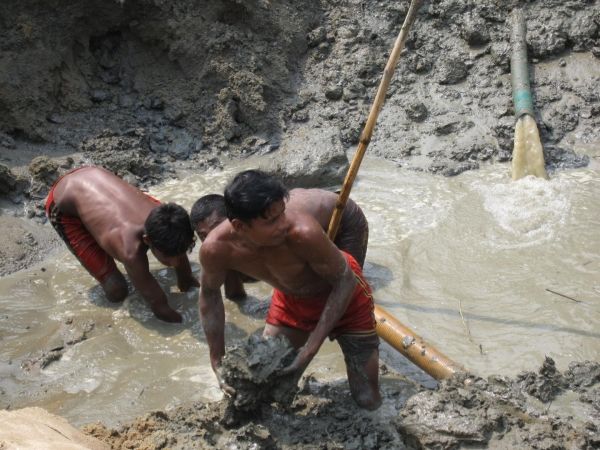Most everyone knows that humid heat is harder to handle than the “dry” kind. And recently, some scientists have projected that later in the century, in parts of the tropics and subtropics, warming climate could cause combined heat and humidity to reach levels rarely if ever experienced before by humans. Such conditions would ravage economies, and possibly even surpass the physiological limits of human survival.
According to a new study, the projections are wrong: such conditions are already appearing. The study identifies thousands of previously rare or unprecedented bouts of extreme heat and humidity in Asia, Africa, Australia, South America and North America, including in the U.S. Gulf Coast region. Along the Persian Gulf, researchers spotted more than a dozen recent brief outbreaks surpassing the theoretical human survivability limit. The outbreaks have so far been confined to localized areas and lasted just hours, but they are increasing in frequency and intensity, say the authors. The study appears this week in the journal Science Advances.
“Previous studies projected that this would happen several decades from now, but this shows it’s happening right now,” said lead author Colin Raymond, who did the research as a PhD. student at Columbia University’s Lamont-Doherty Earth Observatory. “The times these events last will increase, and the areas they affect will grow in direct correlation with global warming.”
Read more at Earth Institute at Columbia University
Image: In Bangladesh, one of the most vulnerable countries, a crew excavates a riverbed for a new bridge. Outdoor labor is a way of life in many of the regions subject to the worst heat and humidity. (Credit: Kevin Krajick/Earth Institute)


